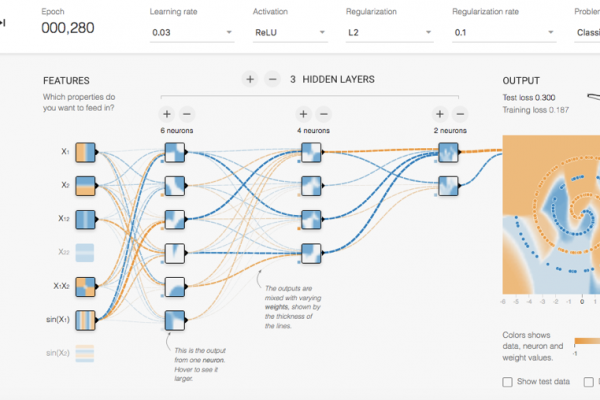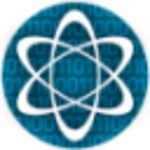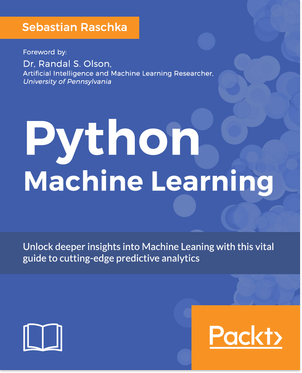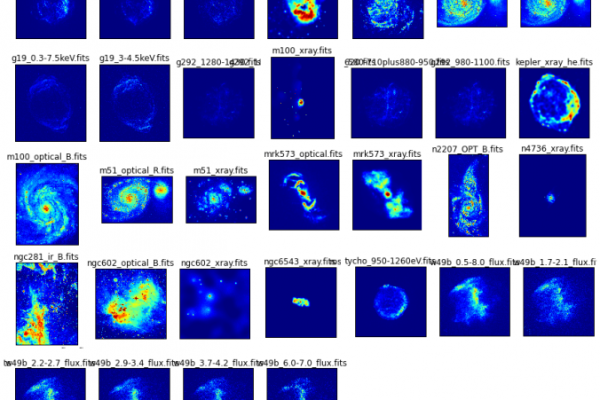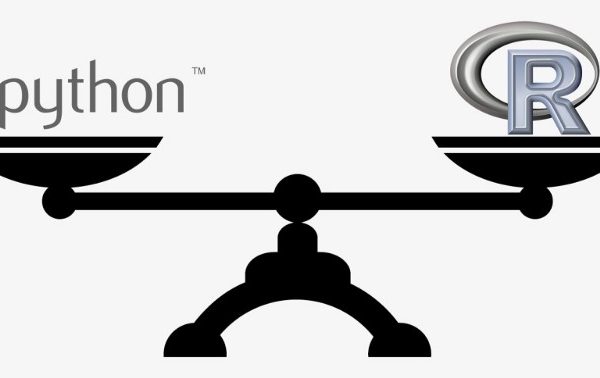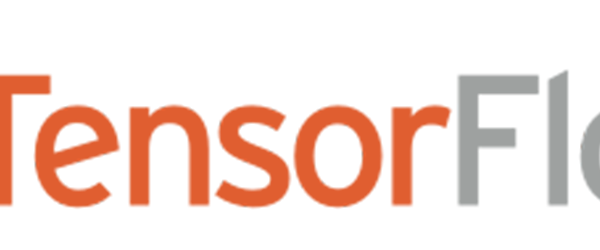Open Source Deep Learning Frameworks and Visual Analytics
Deep Learning gets more and more traction. It basically focuses on one section of Machine Learning: Artificial Neural Networks. This article explains why Deep Learning is a game changer in analytics, when to use it, and how Visual Analytics allows business analysts to leverage the analytic models built by a (citizen) data scientist. What is Deep Learning and Artificial Neural Networks? Deep Learning is the modern buzzword for artificial neural networks, one of many concepts and algorithms in machine learning […]
Read more